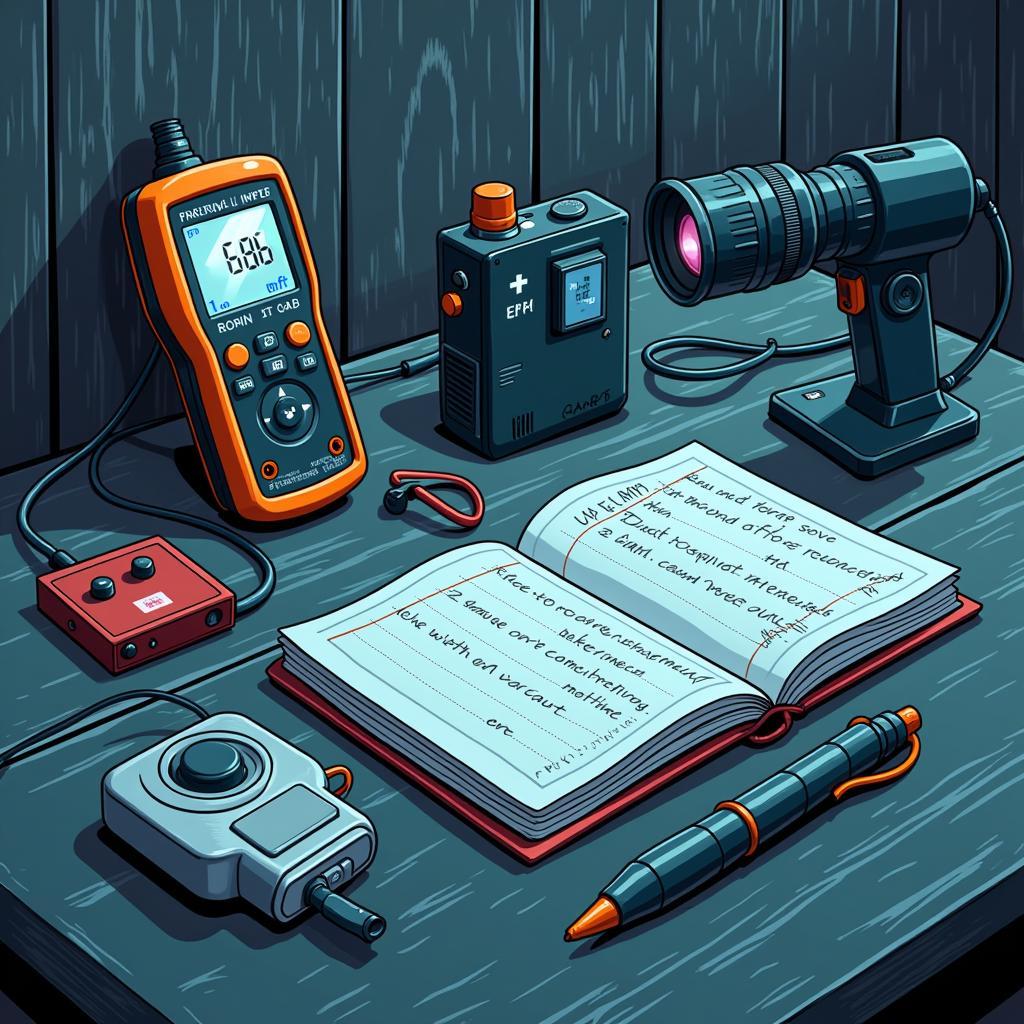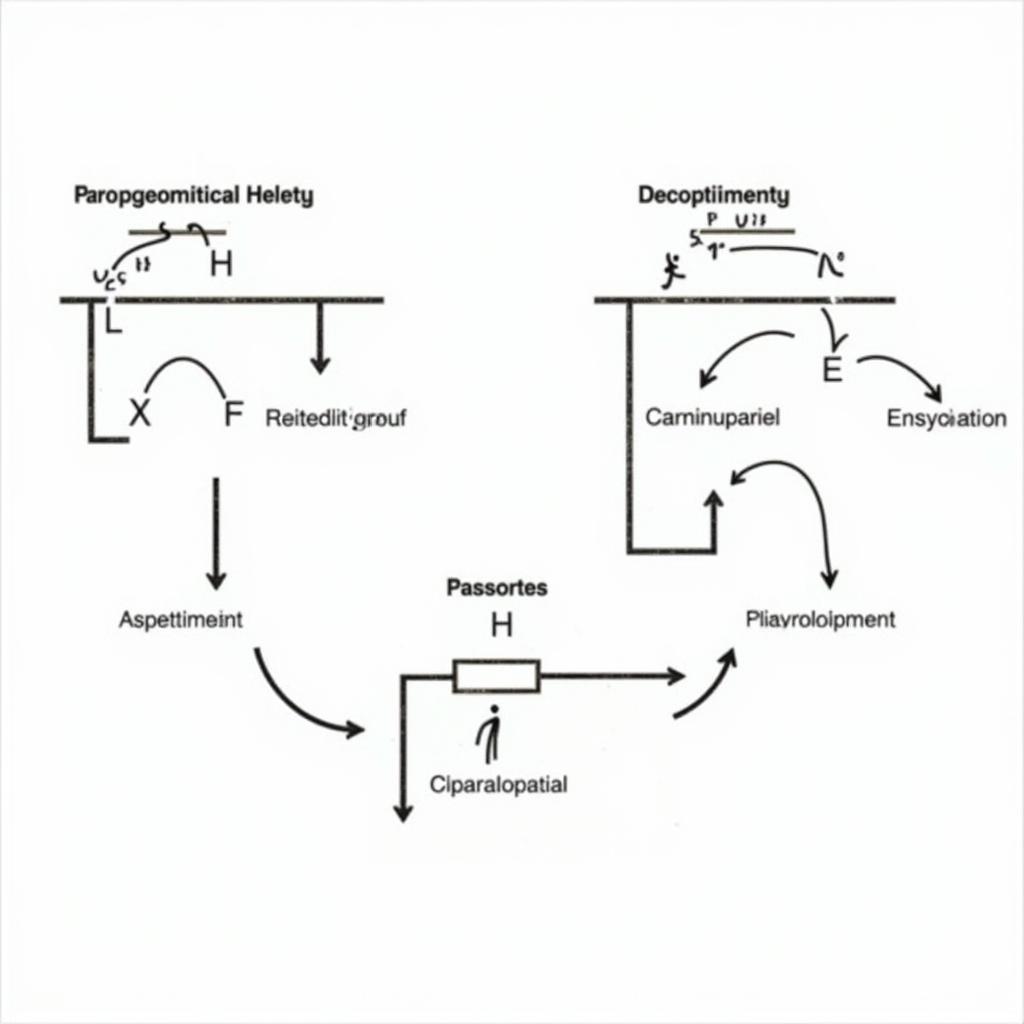Causal Research Questions are the backbone of any investigation aiming to understand cause-and-effect relationships. In the realm of paranormal research, where unexplained phenomena abound, establishing causality is crucial for moving beyond mere observation and into the realm of understanding. This pursuit often involves navigating a complex landscape of anecdotal evidence, subjective experiences, and elusive patterns.
As paranormal researchers, we strive to discern whether a flickering light is caused by a faulty wire or a spectral presence, or if a sudden chill is simply a draft or something more otherworldly. This is where the power of causal research questions comes into play. Just after this introduction, we will explore the nuances of these questions and how they can be utilized to explore the unknown. exploratory research vs descriptive research Causal research seeks to determine not just what is happening, but why.
Formulating Effective Causal Research Questions
Crafting a strong causal research question is the first step in any paranormal investigation. The question should be specific, measurable, achievable, relevant, and time-bound (SMART). For example, instead of asking “Do ghosts exist?”, a more effective causal research question would be: “Does the presence of electromagnetic fields influence the reported frequency of apparitions in a specific location?”
The Importance of Control in Causal Research
A key aspect of causal research is the establishment of a control group. This allows researchers to isolate the variable they are studying and determine its impact. For instance, when investigating the alleged haunting of a building, a control group could be a similar building with no reported paranormal activity. Comparing data from both locations can help determine if certain environmental factors correlate with the reported phenomena. quantitative research measurement tools can assist in gathering empirical data in such comparative studies.
Challenges in Paranormal Causal Research
While the principles of causal research provide a robust framework, applying them to the paranormal presents unique challenges. The subjective nature of many paranormal experiences makes it difficult to gather objective data. Furthermore, replicating paranormal phenomena under controlled conditions is often impossible. Despite these difficulties, employing rigorous methodologies can help us approach these mysteries systematically.
Addressing Subjectivity and Replication Issues
One way to address the challenge of subjectivity is to combine quantitative data with qualitative data. For instance, EMF readings (quantitative) can be collected alongside eyewitness accounts (qualitative). a problem with cross-sectional research is that it only provides a snapshot in time. Longitudinal studies, however, could track reported paranormal activity over extended periods, providing a more comprehensive understanding.
“In paranormal research,” says Dr. Evelyn Reed, a leading parapsychologist, “we must embrace the ambiguity while striving for objectivity. Causal research questions, even if they don’t provide definitive answers, guide us towards a deeper understanding of the phenomena we study.”
 Paranormal Investigation Tools and Techniques: Combining Qualitative and Quantitative Data Collection Methods
Paranormal Investigation Tools and Techniques: Combining Qualitative and Quantitative Data Collection Methods
Exploring Different Causal Research Methods
Several methods can be employed in paranormal causal research. These include experiments, observational studies, and quasi-experiments. While true experiments are often difficult to conduct in this field, observational studies and quasi-experiments offer valuable alternatives. disadvantages of correlational research are important to consider, especially in paranormal investigations where establishing true causality can be difficult. However, understanding correlations can still offer valuable insights.
Utilizing Quasi-Experiments in Paranormal Research
Quasi-experiments involve comparing pre-existing groups, such as those who have reported paranormal experiences and those who haven’t. This approach can help identify potential factors that contribute to these experiences, such as personality traits, environmental sensitivities, or cultural beliefs. quantitative research tools are invaluable in these studies, helping to analyze data and identify patterns.
“Remember,” advises Professor Alistair Crowe, a renowned expert in anomalous phenomena, “correlation does not equal causation. However, identifying consistent correlations can lead to the development of testable hypotheses and further refine our causal research questions.”
 Quasi-Experimental Design in Paranormal Research: Comparing Groups with and without Paranormal Experiences
Quasi-Experimental Design in Paranormal Research: Comparing Groups with and without Paranormal Experiences
In conclusion, causal research questions are essential for unraveling the mysteries of the paranormal. While the challenges are significant, employing rigorous methodologies, combining qualitative and quantitative data, and understanding the limitations of different research approaches can lead to valuable insights and propel our understanding of these enigmatic phenomena forward.
FAQ
- What is a causal research question?
- How can I formulate a strong causal research question for a paranormal investigation?
- What are the challenges of conducting causal research in the paranormal field?
- How can I address subjectivity in paranormal research?
- What are some examples of causal research methods used in paranormal investigations?
- What is the difference between correlation and causation?
- How can I learn more about causal research in the paranormal?
Need assistance with your Paranormal Research? Contact us! Phone: 0904826292, Email: research@gmail.com Or visit us at: No. 31, Alley 142/7, P. Phú Viên, Bồ Đề, Long Biên, Hà Nội, Việt Nam. We have a 24/7 customer support team.